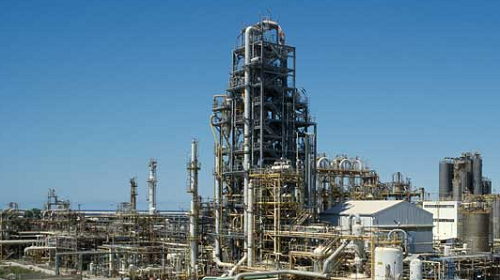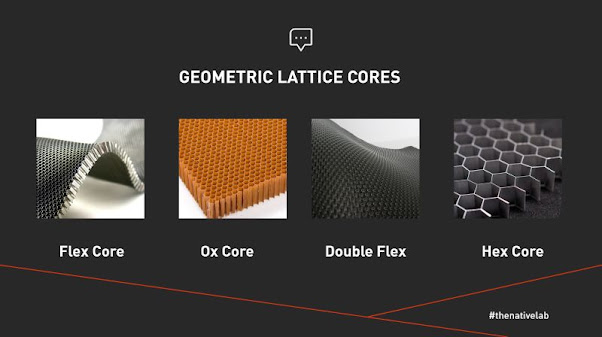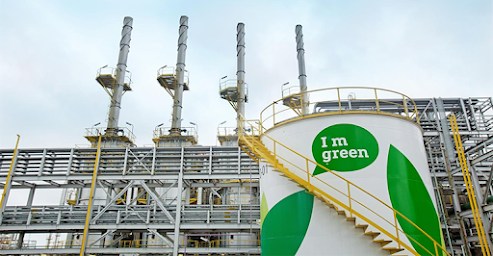PetroChina Guangxi to License LyondellBasell’s Differentiated PE Technology

LyondellBasell (NYSE: LYB) announced that PetroChina Guangxi Petrochemical Company will license LyondellBasell’s polyethylene technology at their facility located in Qinzhou City, Guangxi, P.R. of China. Preferred Technology for EVA/LDPE Plant Operators: The newly licensed technology will comprise of LyondellBasell’s high-pressure Lupotech process technology which will be used for both a 100 kiloton per year (KTA) Autoclave and a 300 KTA Tubular line. Both production trains will produce mainly low-density polyethylene (LDPE) with ethylene vinyl acetate copolymers (EVA). Furthermore, an additional 300 KTA Hostalen “Advanced Cascade Process” (ACP) line for the production of high-density polyethylene (HDPE) will be built at the same site. “ This latest award from PetroChina Guangxi Petrochemical Company continues the long tradition of collaboration with LyondellBasell, as with this award almost 6,000 KTA of capacity has been licensed to the PetroChina group. With the selected polyole






